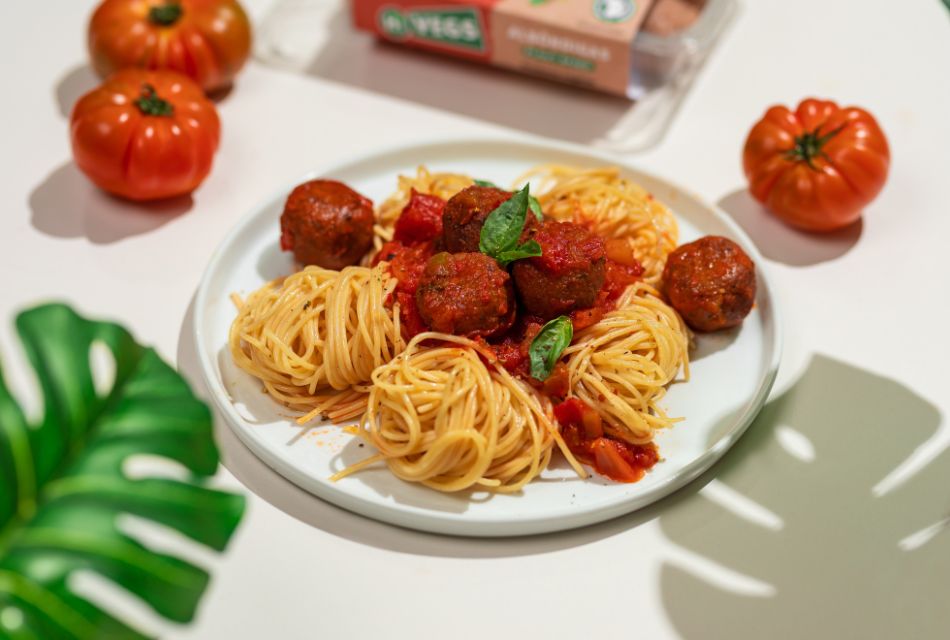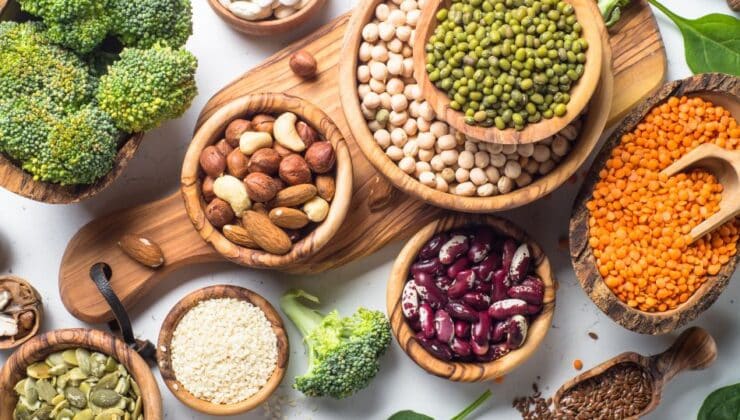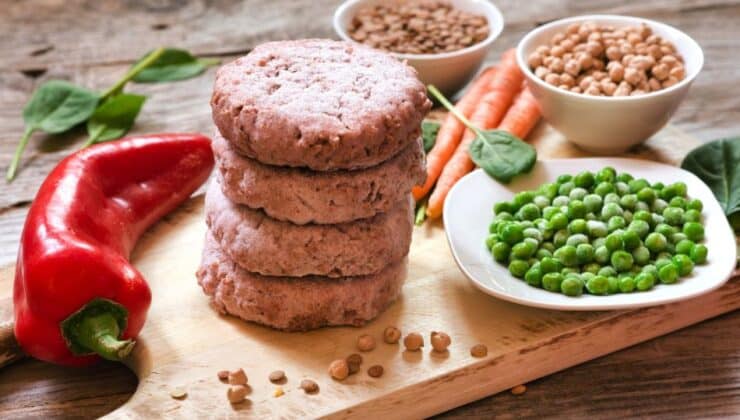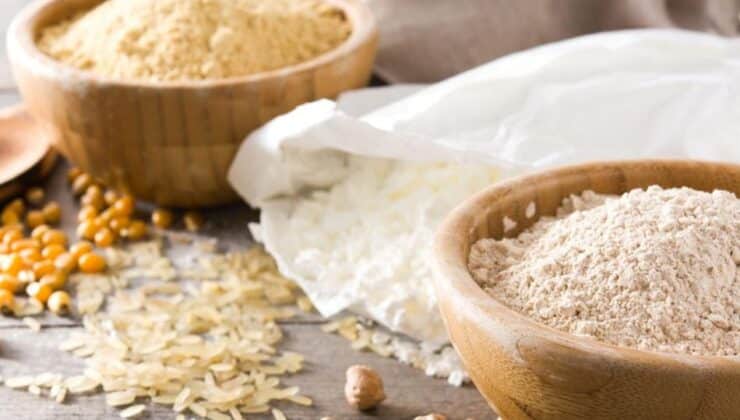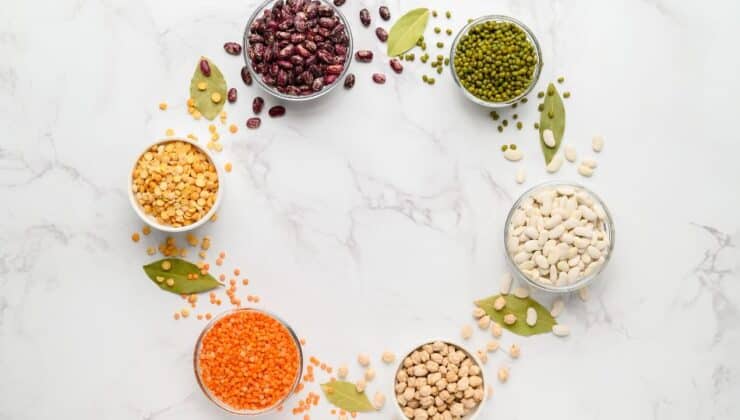Vegetable proteins have already demonstrated everything they had to demonstrate at the nutritional level and are showing organoleptic qualities that are constantly winning over followers, both in the kitchen and on the tables of restaurants and homes.
From those proteins that timidly appeared on the market as substitutes, more out of conscience than desire, for animal protein, we have moved on to a market in which consumers demand vegetable proteins of high nutritional quality, versatile and with texture, flavour and appearance that conquer both the eye and the palate.
Molendum Ingredients, a subsidiary of the Dacsa Group, knows this demand for vegetable proteins and its high level of demand and knows how to meet it because it has a long history in R&D&I research.
A trajectory that allows Molendum to offer raw materials, 100% natural and of the highest quality to companies in the food industry for their vegetable protein applications, significantly raising the quality of the products they offer to the demanding and growing market of vegan, vegetarian, flexitarian consumers or, simply, people who want to add a variety of vegetable protein to their diet, whether for health, curiosity, or sustainability awareness.
And, without a doubt, Molendum’s star plant-based protein is Pésol Pea, the pea protein that, both wet and dry, more than meets all the above requirements and, in addition, offers the food industry multiple applications to produce meat analogues based exclusively on plant-based proteins of excellent nutritional quality.
Pésol Pea is a vegetable protein obtained from the wet texturization of pea protein and subjected to a final freezing process. It is presented in different types of cuts to facilitate and optimize the preparation of different dishes such as the following five examples of application:
1- Textured pea protein, HMMA, presented with cut type 3, i.e. with a size similar to shredded meat perfect for preparing a delicious vegan larded meat.
2- HMMA in cubes, ideal for use directly as a topping in salads or in fillings for pasta made, for example, with legume flours such as peas, soybeans, or chickpeas, which means an extra vegetable protein content of more than 22%.
3- HMMA prepared cut 2, an adaptable presentation for any dish using minced meat (meatballs, hamburgers, lasagne, etc.) or crumbled fish (croquettes, soups, or fritters).
4- HMMA in strips of different thicknesses for various applications such as pizzas, nuggets, or a wide variety of ready meals.
5- HMMA presented in cut 1, the smallest of all, ideal for replacing finely chopped meat or crumbled fish in the preparation of all kinds of stuffed vegetables, fish balls or Bolognese.
Five applications of the vegetable protein that, accompanied by other ingredients such as marinades, béchamel sauce, pasta, or vegetables, are an invitation to a different diet, to a change in the menu or to satisfy a natural curiosity for a healthy and sustainable way of eating that is gaining followers day by day.
